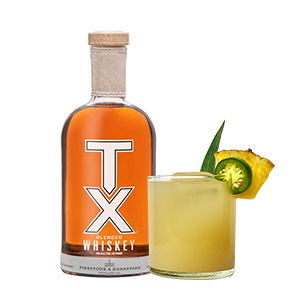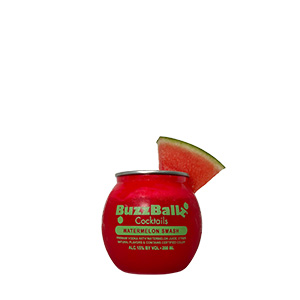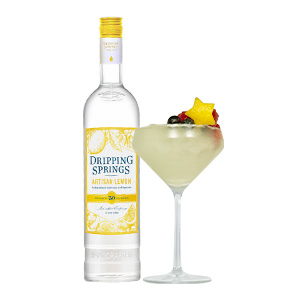Trying to find new favorites from among a California Cabernet Sauvignon, a Spanish Tempranillo, and an Australian Shiraz? Simply knowing a wine’s country of origin can make choosing wine a little easier. Determining if the wine is classified as “New World” or “Old World” can give you some clues as to its general profile – and a starting point for a new choice!
New World wine-producing countries are found in North and South America, Australia, New Zealand, and South Africa. Old World countries are traditional wine-producing European countries, such as Spain, France, Italy, Portugal, and Germany. While some of these countries are close in proximity, it’s their winemaking legacy that influences their classification.
New World wines are usually more fruit-forward with bolder profiles, which can be more approachable for beginning and intermediate wine connoisseurs. However, more advanced wines from these regions model themselves after Old World production areas. Old World wines are typically fermented to be more dry than sweet, which translates into wines that are more rustic and earthier on the palate.
In addition to taste profile, Old and New World wines have different labeling standards. Due to the strict wine laws in Old World production regions, these wines are labeled by the appellations (the areas) in which the wines are grown, so consumers must have working knowledge as to which varietals are grown in particular regions. New World wine labels simply name the varietals in the wine, which may be slightly more convenient for the majority of wine drinkers.
Whatever your classification choice, Spec’s stocks Texas’ largest selection of fine wines, so you’ll have endless exploration from aisle to aisle!
Submitted by: Leonel Hurtado, Brownsville, #198




